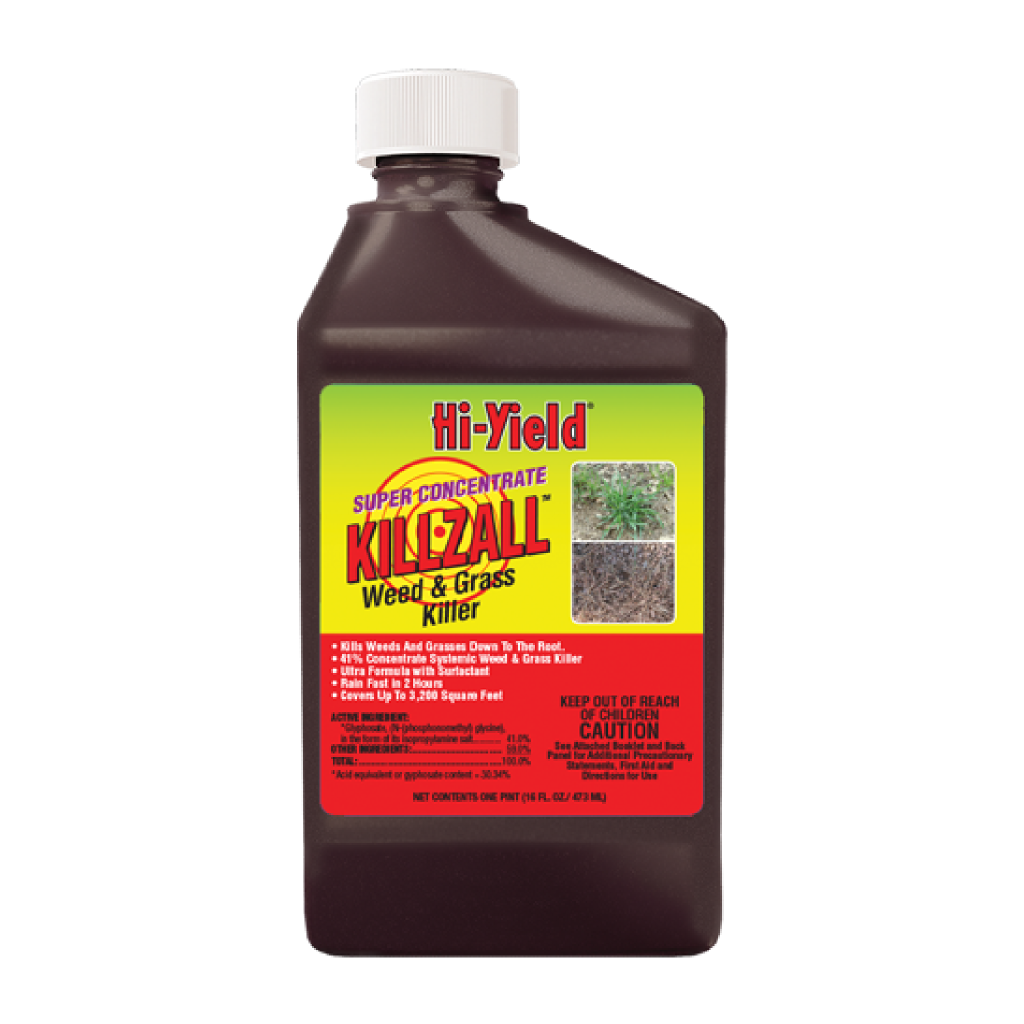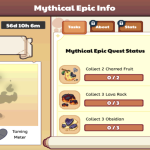Discover If Killzall Is Safe For Pets: The Ultimate Guide With Click To Action!
Is Killzall Safe for Pets?
Introduction
Greetings, Pets Lover! As responsible pet owners, it is crucial for us to ensure the safety and well-being of our furry friends. One common concern among pet owners is whether certain substances, like Killzall weed and grass killer, are safe for their pets. In this article, we will delve into the topic of whether Killzall is safe for pets, providing you with valuable information to make an informed decision.
1 Picture Gallery: Discover If Killzall Is Safe For Pets: The Ultimate Guide With Click To Action!

Overview of Killzall
Killzall is a widely used herbicide that is primarily designed to eliminate unwanted weeds and grasses in gardens, lawns, and other outdoor spaces. It contains glyphosate as its active ingredient, which is highly effective in killing various types of plants. However, it is important to understand the potential risks associated with Killzall when considering its use around pets.
What Does Killzall Do?

Image Source: johnsonsgarden.com
Killzall works by inhibiting an enzyme that is essential for the growth and production of amino acids in plants. This inhibition ultimately leads to the death of the targeted weeds and grasses. While it is effective in its intended purpose, it is crucial to consider the impact it may have on pets who may come into contact with treated areas.
Who Should Be Concerned?
Any pet owner who uses Killzall or is considering its use should be aware of the potential risks it poses to their furry companions. Cats, dogs, and other pets that spend time outdoors are particularly vulnerable to exposure. It is important to take into account their size, age, overall health, and habits when assessing the risks associated with Killzall.
When to Be Cautious?
It is advisable to exercise caution when using Killzall around pets, especially during and immediately after application. Pets should be kept away from treated areas until the product has thoroughly dried and absorbed into the soil. Additionally, pet owners should be mindful of their pets’ behavior, ensuring that they do not ingest or come into direct contact with treated plants or soil.
Where to Use Killzall?
Killzall is primarily intended for outdoor use in gardens, lawns, and other vegetation areas. It should not be applied in areas where pets frequently roam or where their food and water sources are located. Care should also be taken to avoid any overspray or drift that may inadvertently affect areas where pets may come into contact.
Why Safety Measures Are Important
Pets are naturally curious creatures that explore their surroundings, often using their sense of smell and taste. This makes them more susceptible to unintentional exposure to potentially harmful substances. Implementing safety measures when using products like Killzall can help reduce the risks and ensure the well-being of our beloved pets.
How to Minimize Risks?
To minimize the risks associated with Killzall, consider the following precautions:
Avoid direct contact: Keep your pets away from treated areas until the product has dried and absorbed into the soil.
Observe behavioral changes: Monitor your pets for any signs of illness or abnormal behavior after exposure to Killzall.
Rinse paws: If your pet accidentally walks on a treated area, rinse their paws with water to remove any potential residue.
Secure storage: Store Killzall and other potentially harmful substances in a secure location that is inaccessible to pets.
Consult a veterinarian: If you have any concerns about your pet’s health or suspect exposure to Killzall, seek professional advice from a veterinarian.
Pros and Cons of Killzall
Like any product, Killzall has its advantages and disadvantages. Let’s take a closer look at both:
Advantages of Killzall:
1. Effective weed and grass killer for maintaining a tidy outdoor space.
2. Easy to use and apply, providing convenience for homeowners and gardeners.
3. Fast-acting formula that delivers quick results.
4. Suitable for various outdoor areas, including gardens, lawns, driveways, and pathways.
Disadvantages of Killzall:
1. Potential health risks to pets and other animals if not used with caution.
2. Non-selective formula that can harm desirable plants if not applied carefully.
3. Environmental concerns due to the presence of glyphosate, which has raised controversies in recent years.
4. Limited effectiveness on certain types of weeds that may require additional treatments or alternative products.
Frequently Asked Questions
1. Can Killzall be used in a yard with pets?
Yes, Killzall can be used in a yard with pets. However, it is crucial to follow safety guidelines and minimize their exposure to treated areas.
2. How long should pets stay away from treated areas?
Pets should stay away from treated areas until the product has dried completely. This typically takes around 24 to 48 hours, but it is advisable to refer to the specific product instructions for accurate information.
3. Can pets be harmed by Killzall through ingestion?
Yes, ingestion of Killzall can be harmful to pets. It is important to prevent them from ingesting or coming into contact with treated plants, soil, or water sources.
4. Are there alternative pet-friendly weed killers available?
Yes, there are alternative pet-friendly weed killers available on the market. These products are formulated to be safe for pets while effectively eliminating weeds and grasses. Consult with your local gardening store or veterinarian for recommendations.
5. What should I do if my pet shows signs of illness after exposure to Killzall?
If your pet shows signs of illness after exposure to Killzall, it is crucial to seek immediate veterinary care. Provide your veterinarian with detailed information about the product and the extent of your pet’s exposure.
Conclusion
In conclusion, while Killzall can be effective in eliminating weeds and grasses, it is important to prioritize the safety of our pets. By following the necessary precautions and considering alternative pet-friendly options, we can maintain a beautiful outdoor space without compromising the well-being of our furry companions. Remember, responsible pet ownership includes ensuring a safe environment for them to thrive in!
Final Remarks
Disclaimer: The information provided in this article is for educational purposes only and should not replace professional advice. Always consult with a veterinarian or gardening expert before using any products around pets. The safety and well-being of your pets are of utmost importance.
This post topic: Pets



